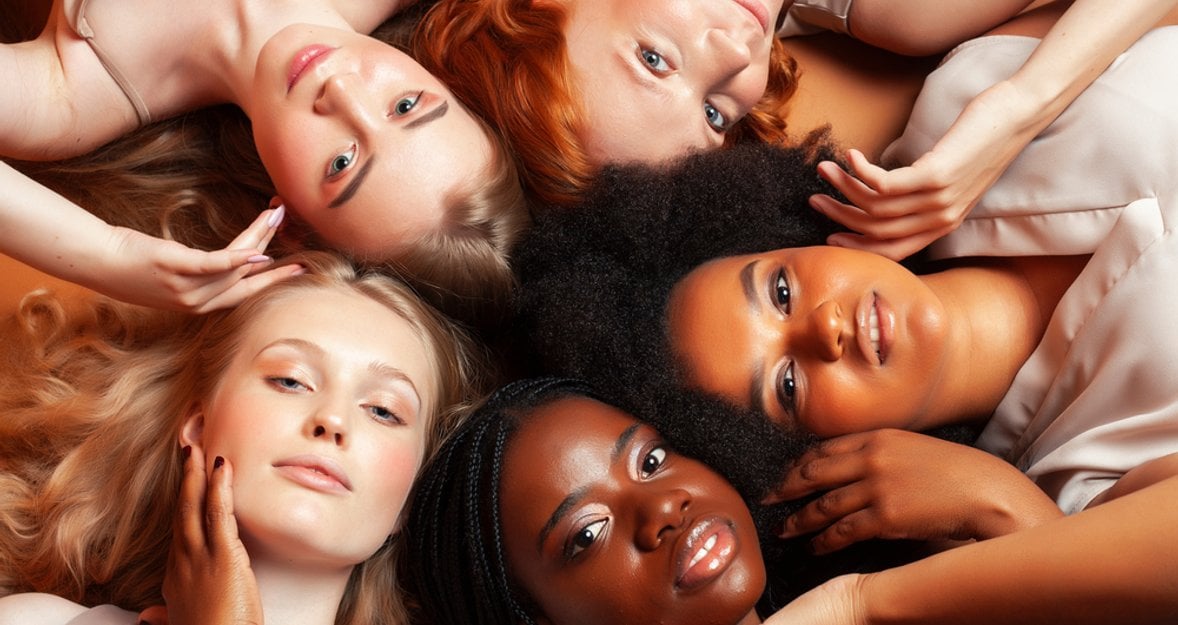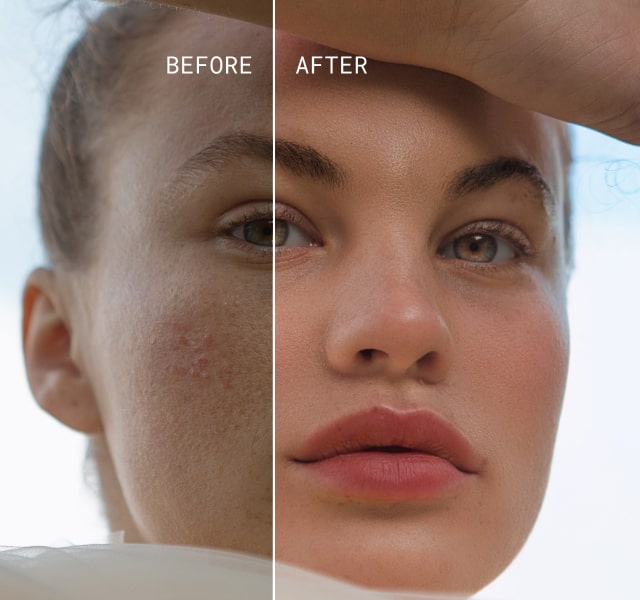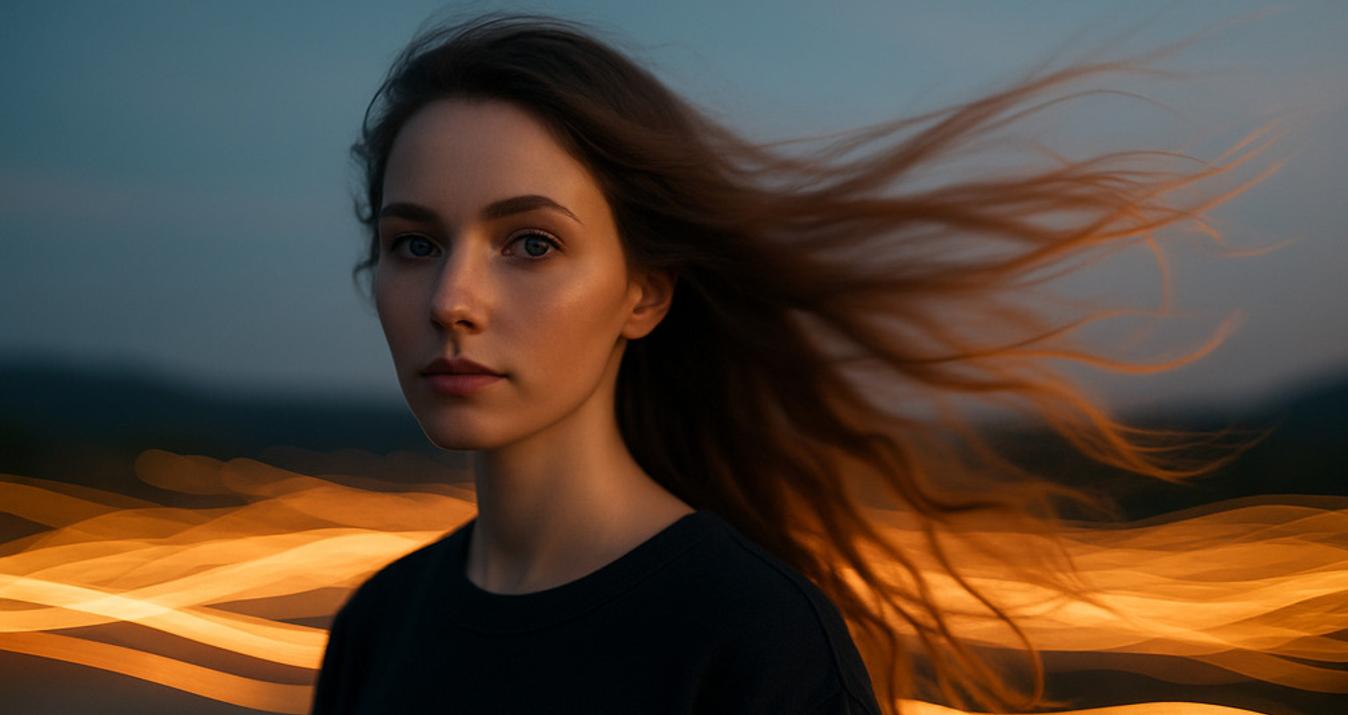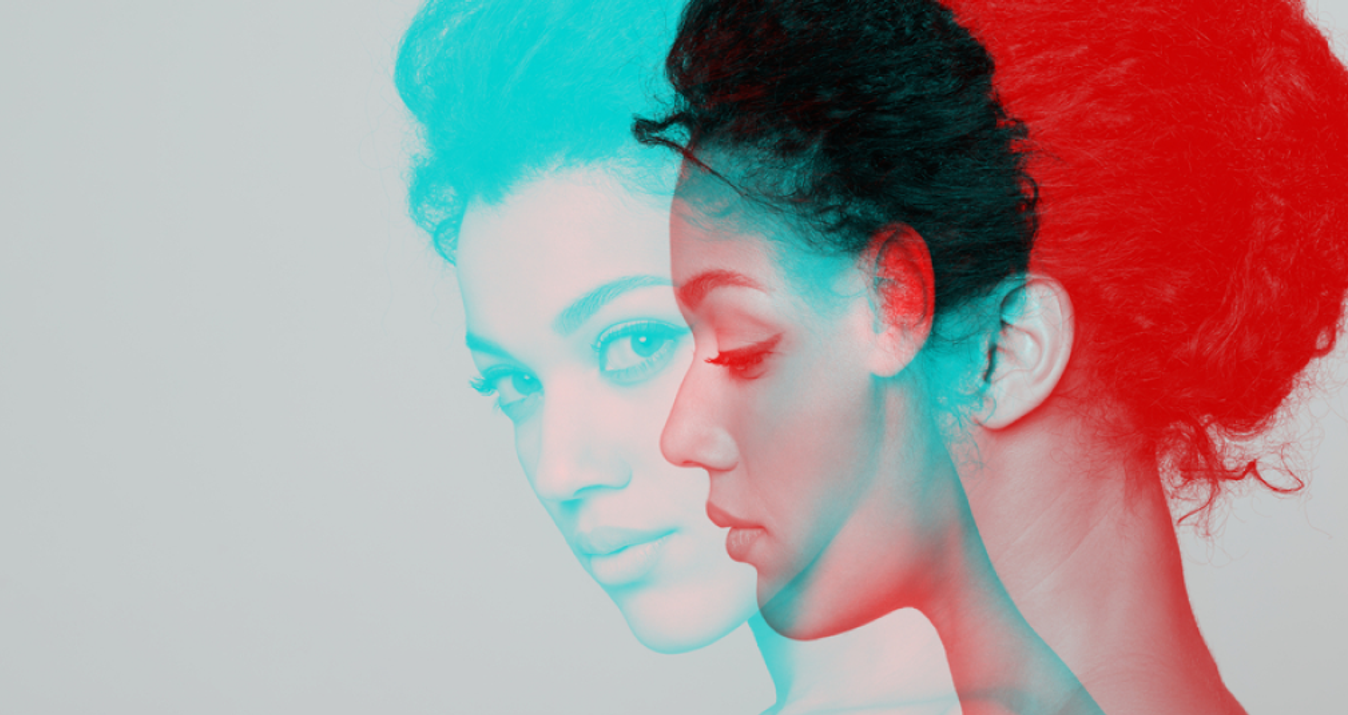How To Work With Different Skin Types In Portraits Correctly
February 10, 2025

Each skin tone has a unique story to tell. Mastering its beauty requires the right lighting and techniques. Mastering portrait photography means being able to work with any skin type.
Every tone has unique lighting, makeup, and post-processing elements that can enhance or detract from a natural portrait. Understanding these nuances assures of portraits that are truly representative of the subject’s beauty. This guide will break down how to handle various skin types and effective skin tone retouching to avoid common pitfalls.
Skin Tones in Different Lighting
 Understanding tone in different conditions is the basis of a well-balanced portrait. For example, darker tones absorb most light, while lighter tones reflect it. That would present different challenges depending on the tone you are working with.
Understanding tone in different conditions is the basis of a well-balanced portrait. For example, darker tones absorb most light, while lighter tones reflect it. That would present different challenges depending on the tone you are working with.
Dark skin. When exposed to harsh light, the darker one loses its vibrant hues and depth. To prevent overexposure or underexposure, it’s best to use gentle light sources like a large softbox or diffusers that provide even, diffused illumination. This prevents the shadows from getting too stark while keeping the highlights intact.
Light skin. The light one makes getting washed out or overly bright indirect light easy. Avoid overexposure to soft, indirect illumination sources, like natural window light or a bounced flash, for texture retention.
How to Photograph Dark Skin: Best Lighting Setups
 Capturing dark skin in photographs can be difficult, requiring specific techniques to accurately represent its quality and tone.
Capturing dark skin in photographs can be difficult, requiring specific techniques to accurately represent its quality and tone.
Lighting Dark Skin Tones
The lights should be balanced for dark skin to avoid underexposure, which may result in bland images. It inherently absorbs light, so you should use light setups that enhance the skin’s radiance.
Softboxes and diffusers. These are your best friends when working with dark skin. A softbox with a large surface area helps to diffuse light gently, highlighting it without creating harsh shadows. Aim to keep the light source close to the subject but avoid direct exposure to reduce the chances of unflattering contrast.
Reflectors. Photographing dark skin requires a reflector so that light can easily bounce back onto the subject’s face, especially around the chin and neck. This helps to fill in the shadows and balances the tone.
How to Photograph Dark Skin: Avoiding Common Pitfalls
Avoid overexposure. Dark skin absorbs light, so if it is too bright, it will lead to the loss of detail in the highlights. Always check your exposure and change your camera settings if necessary.
Play with angles. Have fun with angles of light for the most complementary shade on the subject. This could be achieved by using side lighting or backlight to accentuate the natural glow of dark tone, adding dimension to the face.
Choose the right background. Opt for backgrounds that contrast well with dark skin tones to make the subject pop. Light, neutral, or vibrant colored backgrounds can help emphasize the beauty of the subject’s skin.
Retouching for Different Skin Tones
 Retouching after a photo shoot always enhances the final image. Modification of the editing process is necessary to maintain realism and refine imperfections.
Retouching after a photo shoot always enhances the final image. Modification of the editing process is necessary to maintain realism and refine imperfections.
Skin Tone Retouching: Key Techniques
While skin tones influence retouching, always emphasize natural beauty and avoid fundamentally changing its texture.
For dark skin. Lightening up dark tones during editing is not advised. Only enhance the highlights to showcase the natural shine. You may separate frequency to smooth while preserving natural pores and texture.
For light skin. There could be red or uneven tones in lighter complexions. Balance the tone and smooth out highlights using retouching tools. Avoid excessive smoothing. Enhance the polish by slightly brightening the eyes and teeth while maintaining texture.
Adjusting Exposure and Contrast
Dark type. Expose and contrast during the post to maintain depth. Lighten the shadows a little without losing the richness.
Light type. The light complexion should avoid overexposure. A contrast adjustment is necessary to ensure detail is visible, and it doesn’t look washed out.
For more tips on adjusting and enhancing your photos in post-production, check out Editing Portrait Photos Like a Pro.
Common Mistakes When Photographing Light Skin
 Photographing light type can be difficult if not taken with extra care. The following are the most common mistakes to avoid.
Photographing light type can be difficult if not taken with extra care. The following are the most common mistakes to avoid.
Using Harsh Lighting
Light skin is highly sensitive to light, making it prone to overexposure to harsh lighting. Bright, harsh light can overpower the skin and obscure important details. Instead, utilize soft, diffused light sources like softboxes to prevent this effect and retain texture.
Incorrect White Balance
White balance is a key factor in ensuring skin tones appear natural. Incorrect white balance will always introduce color casts that make light type look unnatural. Always double-check your camera settings and adjust the white balance to suit your lighting condition.
Over-Retouching
Light complexion also faces heavy retouching, which removes natural texture. While it’s tempting to smooth blemishes and imperfections, excessive smoothing leads to an unnatural appearance. Retouch subtly, preserving texture and enhancing features without altering them.
How to Smooth and Highlight Light Skin Without Overdoing It
 When working on skin lightening, making it natural and radiant is important. Follow these steps for subtle yet effective results.
When working on skin lightening, making it natural and radiant is important. Follow these steps for subtle yet effective results.
Adjust Exposure and Highlights
Light skin tends to get too bright in certain light conditions and can easily lose essential details. Reduce the highlights in your editing software to retain texture and depth. Focus more on balancing the shadows around the eyes and the nose for more detail.
Smooth Skin Gently
No over-smoothing, just work for a natural finish. Use frequency separation to work out some unevenness without losing skin texture. Minimum reduction of blemishes or redness, yet keep the pores to maintain it realistic.
Highlight Key Areas
Highlight with dodge and burn the high points of the face, for instance, the cheek and brow bones, which give health to the skin. It gives a radiant glow and smooth texture, preventing it from appearing greasy or shiny. Be cautious with your highlights if it comes out too glossy.
Contrast Appropriately
If the contrast is too low, light areas can appear flat. It’s best to adjust it to maintain a three-dimensional tone but avoid making it so strong that the shadow areas become hostile or the highlights unnatural. Balanced contrast ensures the retention of natural beauty.
Working with Reflectors to Balance Skin Tones
 Reflectors are powerful tools for managing light and balancing skin tones in portraits.
Reflectors are powerful tools for managing light and balancing skin tones in portraits.
Choose the Right Reflector
Use a white or silver reflector to bounce light back onto the subject for light skin. These reflectors help soften shadows and enhance their tone without overwhelming the subject. Avoid gold reflectors because they can add too much warmth to light skin and create an unnatural glow.
Position the Reflector Correctly
Place the reflector at an angle to the subject so that it bounces light into the shadow areas, for example, under the chin or eye sockets. This will help to soften the shadows and give a smooth, even skin texture.
Control the Reflector’s Distance
Maintain the reflector at its optimal distance from the subject. Too close, it may overexpose; too far, it may not work. Try different distances to achieve the perfect balance that evenly lights the face.
Using Reflectors in Mixed Lighting
Reflectors can balance the mixed brightness condition. When different sources of light cause color imbalances, a reflector neutralizes the skin tones so that it would be even in one shot for more natural and harmonic portraits.
Wrapping Up
Portrait photography requires understanding how to work with various skin types to achieve the best image. Whether it’s lighting dark skin photography or adjusting for lighter tones, the key is subtlety and balance. Proper light, careful retouching, and reflector techniques will be needed to make this stand out in natural portraits of any skin tone. You can skillfully showcase each person’s unique complexion using the right techniques.



